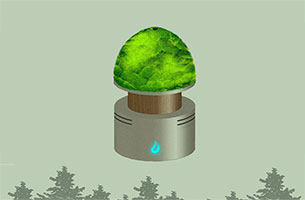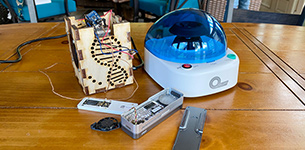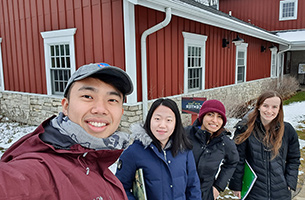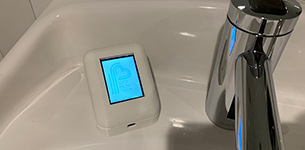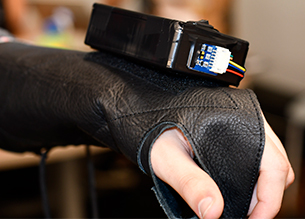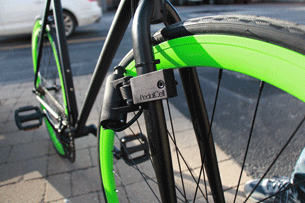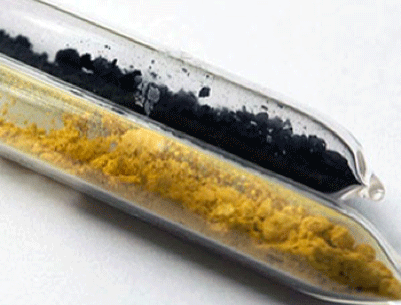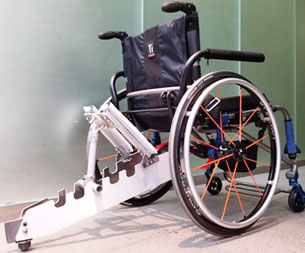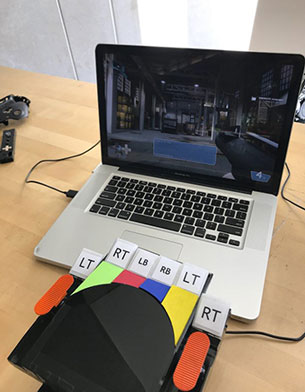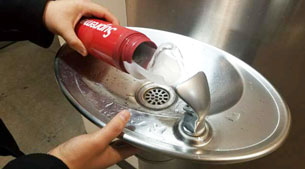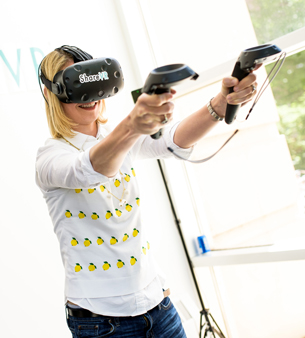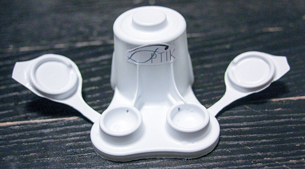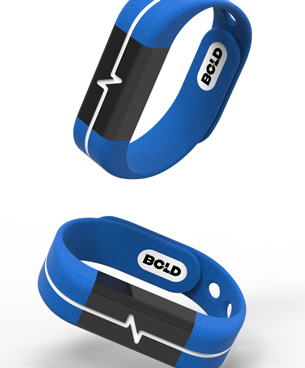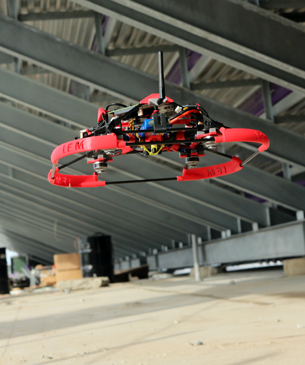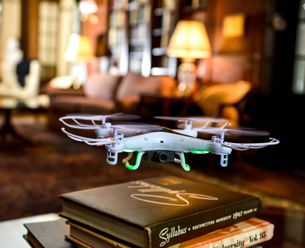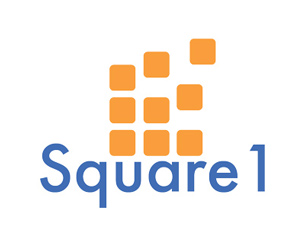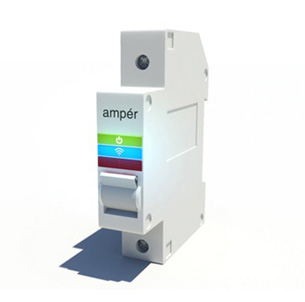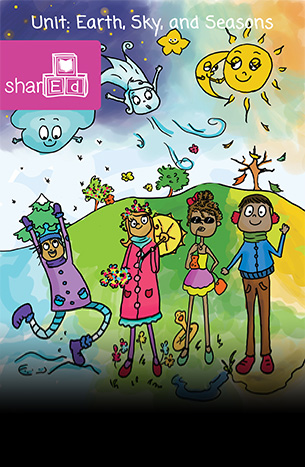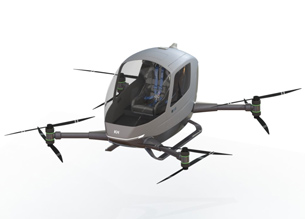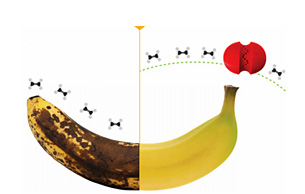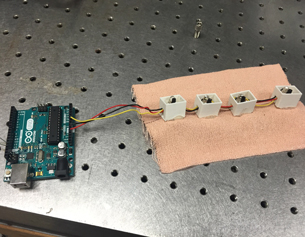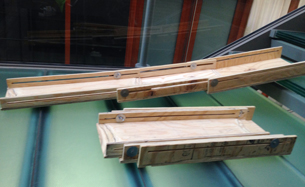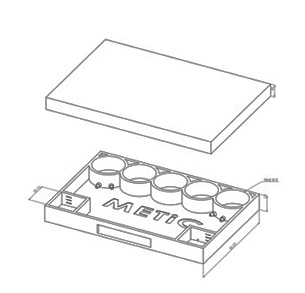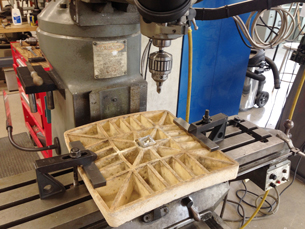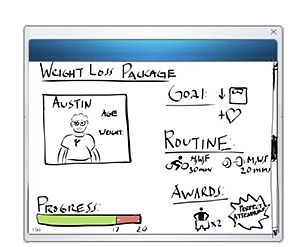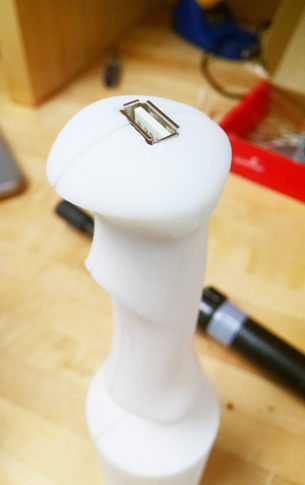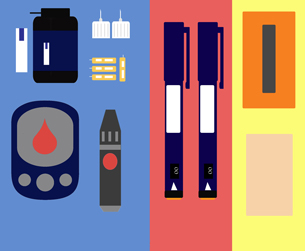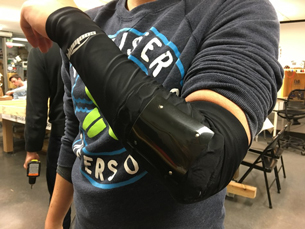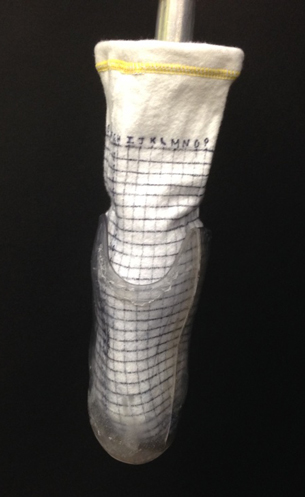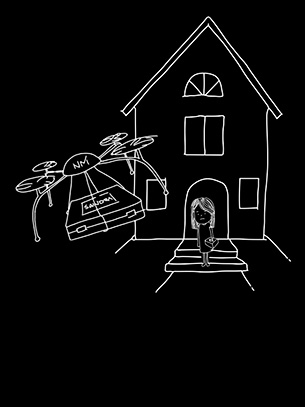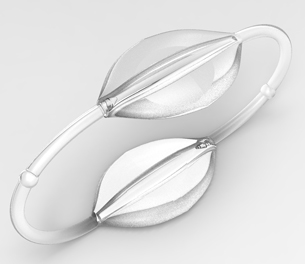Baseball SensorsUsing audio data to make better calls
In baseball, an incorrect call can transform the outcome of the game, a season, and, in some cases, even legacies. With ever-intensifying demands to get the calls right on the field, a group of four Northwestern Engineering undergraduates developed a solution to improve the accuracy of calls at first base.

Problem
Currently, the system for making calls at first base involves umpires watching the base and listening for the ball being caught. Skilled as the umpires are, however, that system remains an imperfect one, as about 20 percent of close-play calls are later deemed incorrect by video replay – and even with video replay, not all calls can be conclusively determined.
We believe our solution will reduce the pressure on the MLB and its umpires, while simultaneously improving the fairness of the sport and the fan experience., Baseball Sensors, Team Member
Solution
The Baseball Sensors’ design sends audio data – sideline microphones detecting the audio from a ball hitting the mitt and in-base contact microphones determining when a runner steps onto first base – to a review booth. As close plays are often decided in milliseconds, network analysts can quickly and efficiently determine if a runner is safe or out by comparing in-base and sideline microphone audio responses and their associated timestamps.
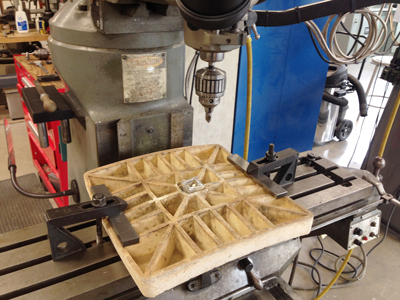 Notably, the sound data from the sideline microphone, in-base audio, and video broadcast can provide fans at home a more rich, in-depth viewing experience during network broadcasts as well.
Notably, the sound data from the sideline microphone, in-base audio, and video broadcast can provide fans at home a more rich, in-depth viewing experience during network broadcasts as well.
Development Process
With the guidance of Segal Design Institute faculty members John Anderson and John Lake, the four-student team endured many rounds of audio testing, gradually verifying and building upon many of its initial concepts. The tests included:
- Evaluating the effectiveness of parabolic and shotgun microphones in picking up the sounds of runners hitting bases and fielders catching baseballs
- Analyzing parabolic and shotgun microphones at a Northwestern basketball game to test if different sounds could be distinguished
- Placing an accelerometer in a base and testing the in-base instrumentation against sideline audio from parabolic and shotgun microphones
- Replacing the in-base accelerometer with an in-base contact microphone to investigate the feasibility and benefits of each option
- Outdoor testing with the sideline and contact microphones to detect lag
- Reviewing video clips of Major League Baseball calls at first base to see how audio feeds synchronize with camera footage
- On-field testing during a Northwestern University baseball game
Current Status
The Baseball Sensors’ team continues developing its product, including potential wireless transmission. The long-term hope is for implementation among television networks with potential adoption at the professional level.
Updated May 2016
Team MembersJonny Glazier (industrial engineering, MaDE), Bridget Popovic (mechanical engineering, MaDE), Scott Sandler (MaDE), Matt Sherman (mechanical engineering, MaDE)


